The fixation on 100% mushroom fruiting bodies vs products with mycelium additives is intriguing to me as a wildcrafter. Particularly because mycelium is not something that is harvestable in nature.
I picture myself at the base of a fallen hemlock teeming with Reishi mushrooms, faced with the task of ripping its mossy trunk apart in search of massless, fragile, off-white yellow strands of fuzz. That would be the most impossible job I can think of. Merely unearthing the mycelium would immediately destroy it. It simply can’t be done.
Cultivation is the pretext for mycelium becoming a raw material (by colonizing a bag of substrate as an isolated unit) which some brands are adding to their mushroom products in addition to the mushrooms (fruiting bodies) themselves. So if you ask me this question, the answer is of course I sell fruiting bodies, it is because I am a sustainable wild forager. Whether or not mycelium has any novel value or synergistic abilities to potentiate the fruiting bodies is up for debate.
My two cents is that this topic really doesn’t have a simple answer because the variables and science at play could not be more nuanced. Anyone with a budget will be able to perform some form of lab work that contributes to THEIR side of the argument. Make no mistake, lab tests to quantify active ingredients are variable too.
Each mushroom vary from the next, each colony of mycelium will vary, and each fungal organism is likely to produce a different answer to these questions. Mushroom A may be exclusively valuable through nutrients in the fruiting body, while Mushroom B may have unique compounds present in its mycelium that are missing in the fruiting body. That only scratches the surface.
The grain, spawn, or 'substrate' material is extremely relevant. We don’t really know how certain mediums affect the biochemistry of the final fruiting bodies. We should all be aware that sometimes, pellets, sawdust, grains, and other spawn materials undergo chemical treatments while being made into wood products (I’m pretty sure most cultivators know this and are careful to choose natural substrates).
At the end of the day, I believe the micro-nutrient composition and overall quality is more rich in wild fungi that decompose 100+ year old trees. Fungi that are not isolated in a sterile environment but instead form exposed colonies with intricate symbiotic partners, becoming stronger from exposure to wild natural stress & competition.
There is a more important question to ask, which is less black and white, less us vs them. Actually, there are a lot!
Where and how are the mushrooms sourced?
How are they handled, stored, and produced?
What is the mushroom to water ratio in a liquid extraction?
How long is it brewed for and at what temperature?
I wish it were as easy as ARE YOU SELLING WHOLE MUSHROOM FRUITING BODIES!?
You’re lucky my friend Chaga is not easily offended. Chaga is no fruiting body, nor is Chaga mycelium. Chaga is a fungal sclerotia.
About The Author
Garrett Kopp is the 25 year old Chaga visionary and founder of Birch Boys, Inc., a company well-known for its assortment of teas, tinctures, and extracts from healing wild fungi. Kopp grew up in the Adirondack Mountains, where he naturally developed a broad passion for the wild northern forests of New York. He began to specialize and narrow this passion toward Chaga after a freak accident where he helped himself to a cup of what appeared to be iced tea in his Grandmother’s refrigerator, who had started harvesting Chaga and brewing it on her own amidst a battle with stage 4 pancreatic cancer. Soon thereafter, Kopp and his grandmother expanded their Chaga harvesting activities to local farmer's markets, where they discovered significant demand for the fungus and its powerful ability to help everyday people.
These entrepreneurial efforts landed Kopp acceptance into Clarkson University’s early entrance program, the Clarkson School, where he studied Engineering & Management and Innovation & Entrepreneurship. Several years and hundreds of research hours later, Kopp returned to his hometown. Having shipped to over 20,0000 individuals throughout all 50 states, Birch Boys has organically grown into a nationally recognized online brand . Kopp is proud to have built a vertically integrated supply chain, sustainably sourcing the fruits of tree-borne fungi from over 220,000 leased acres of leased private land in the Adirondack park, where it is carefully harvested by hand before being dried, processed, and extracted with love, at his fungi factory in none other than Tupper Lake, NY.




Comments (0)
There are no comments for this article. Be the first one to leave a message!